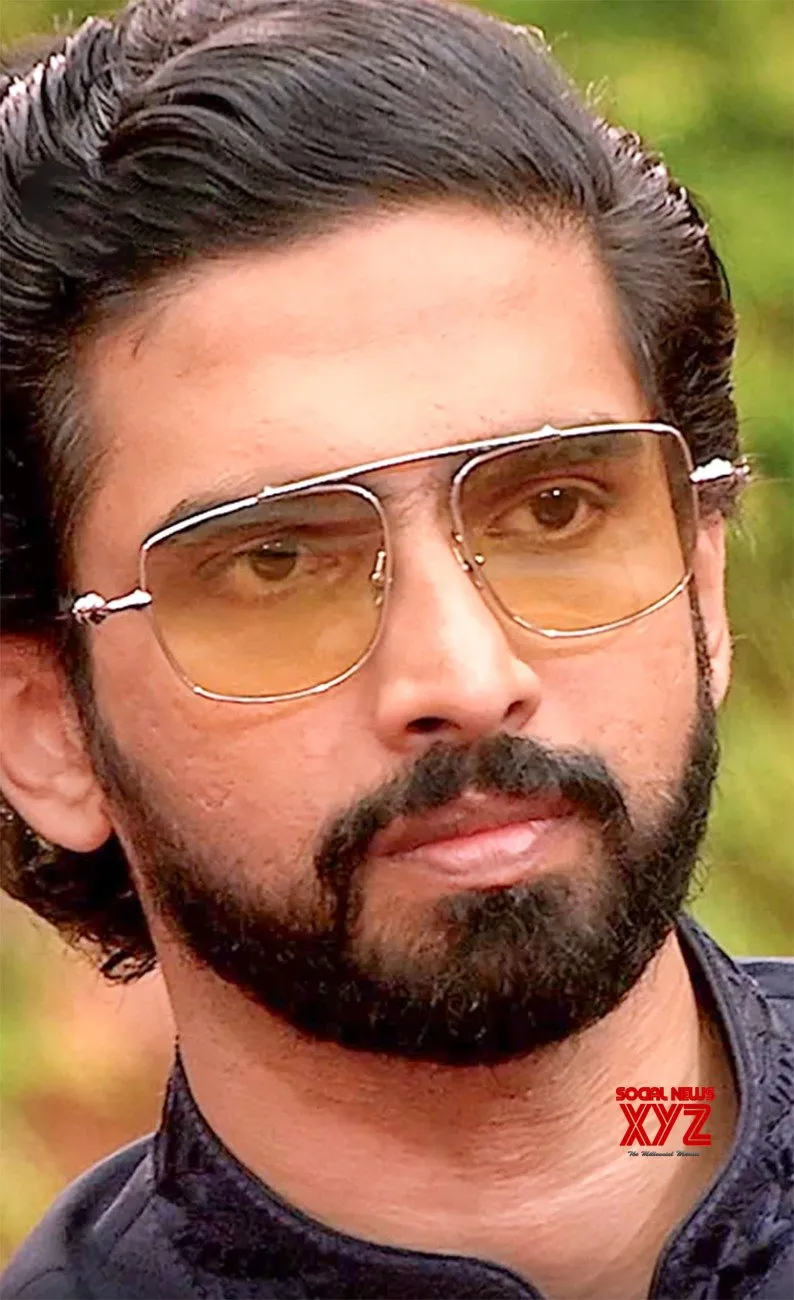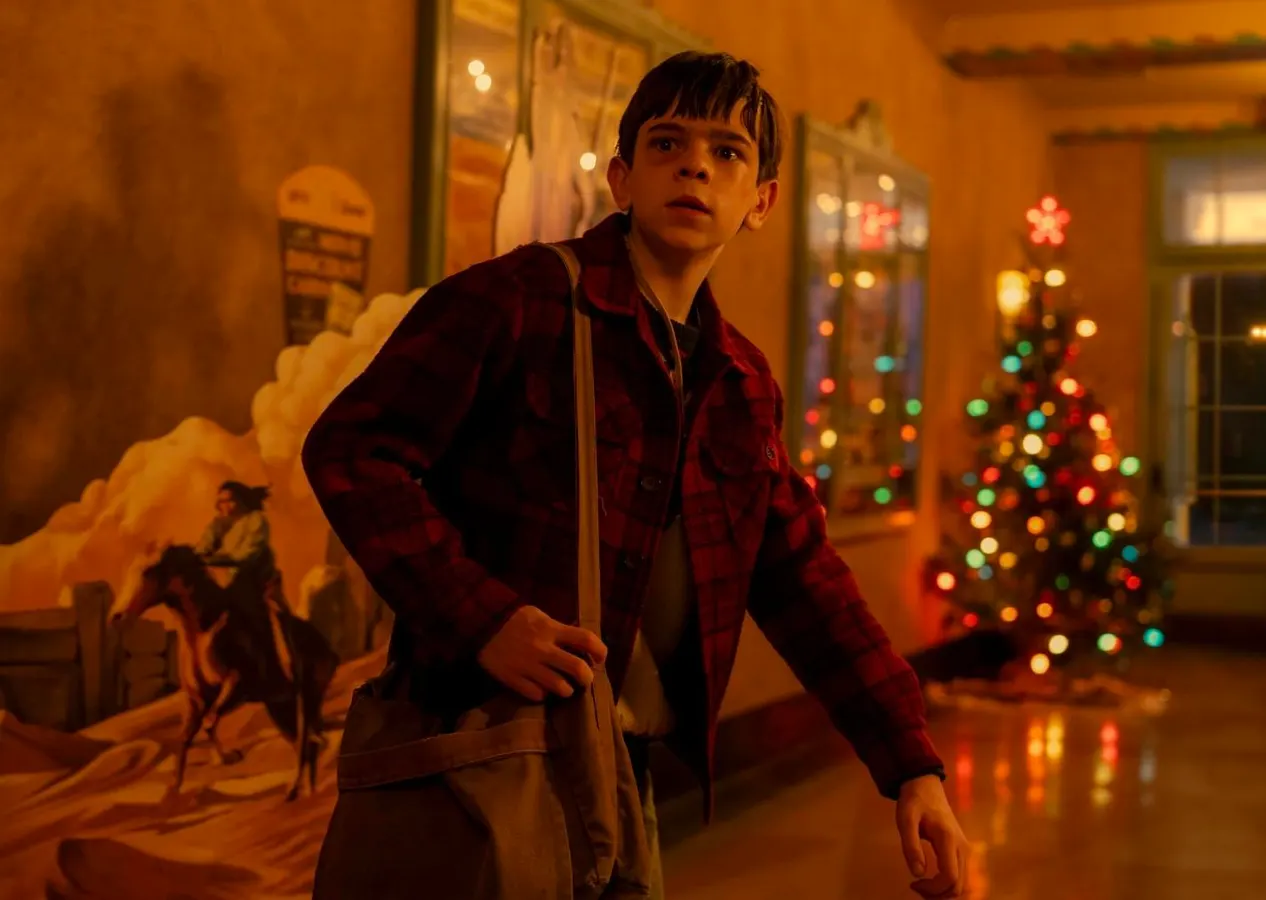Copyright smh

Venture beyond the touristed riverfront district, and you’ll find edgier neighbourhoods, like Metelkova, a former army barracks that’s now a bohemian collection of galleries, bars and nightclubs. It’s also home to Hostel Celica, a former prison that’s been converted into a colourful hostel where every room has been designed by a different artist. Even within the city centre, there are unexpected delights. Prise your gaze away from the gorgeous Baroque facades and romantic Italianate fountains and you may notice the striking Adam and Eve sculptures on Butchers’ Bridge by local artist Jakov Brdar. He’s also responsible for the 700 expressive bronze faces peering up from a gully in Locksmith Street, a narrow alleyway near the Town Hall. Other interesting public artworks include a giant sliced potato outside the Museum of Modern Art and a mirrored cyanometer on Slovenska Street that measures air pollution by analysing the colour of the sky. In 2016, Ljubljana was named European Green Capital and its ongoing sustainability initiatives put many other cities to shame. It pedestrianised most of the city centre in 2007, banishing cars and providing a fleet of free electric carts called “Kavalirs” to shuttle people around. It also implemented a strict recycling program (there are colour-coded bins all over the city) and hopes to be a zero-waste metropolis by 2035.



